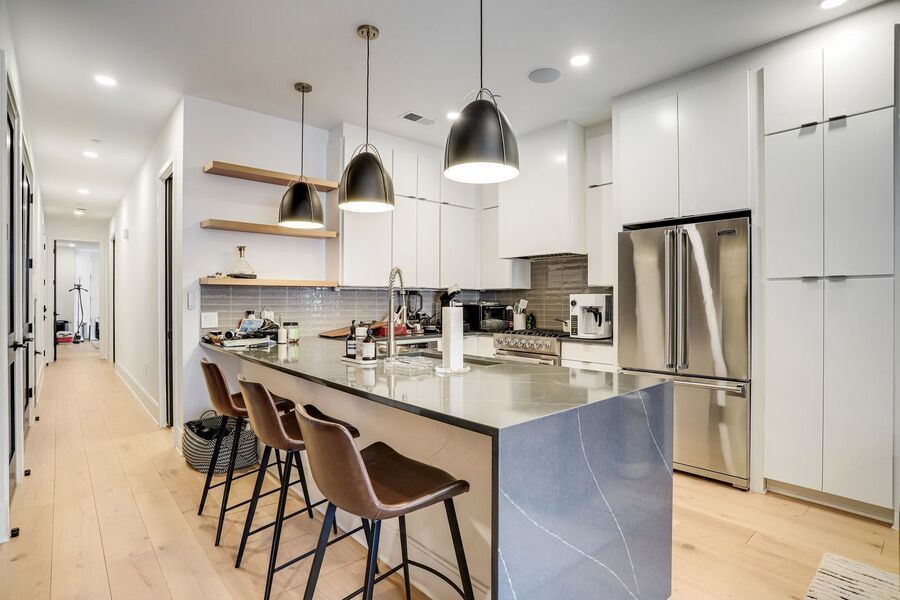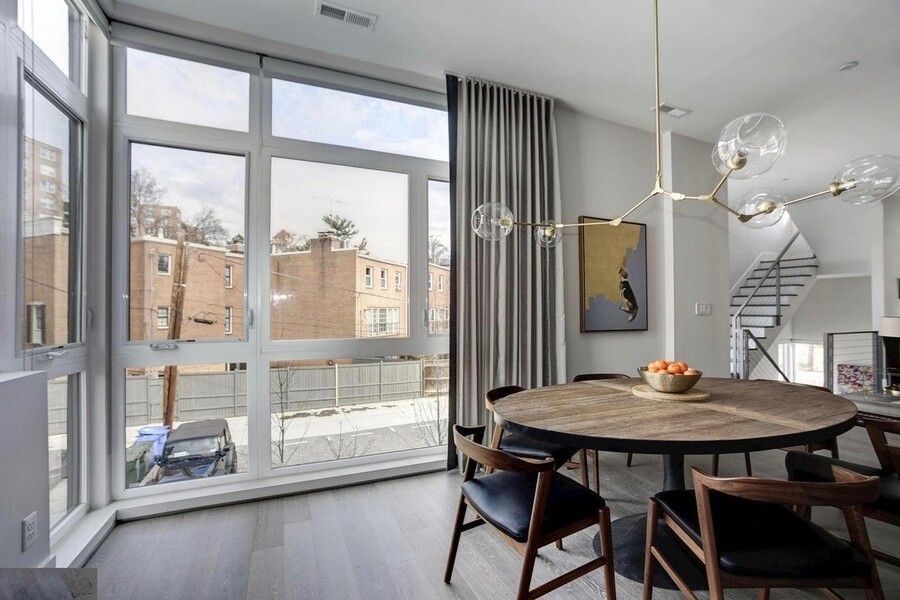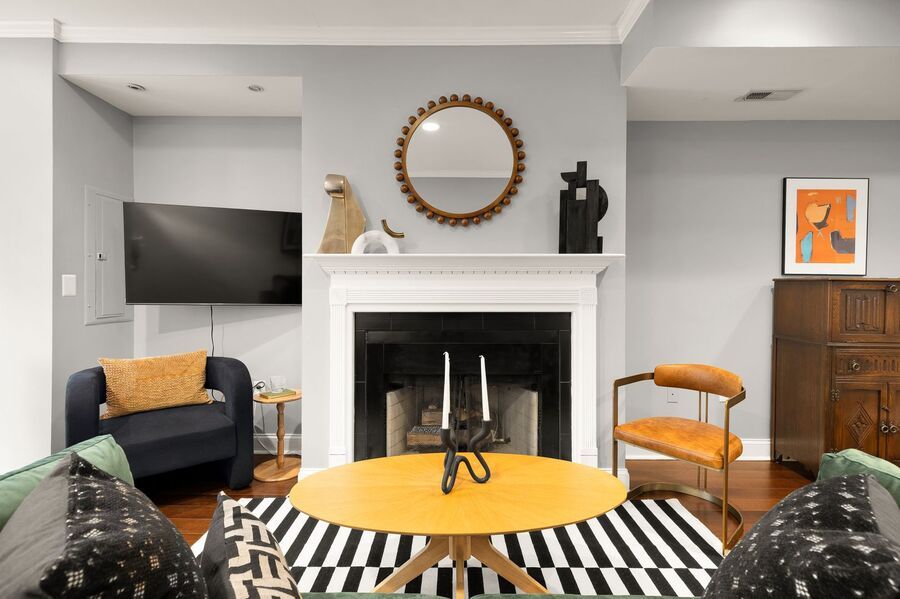Rental Turnover in Washington: The Guide to Getting It Right
Nest DC
You've just gotten notice that your resident is moving out. Your mind immediately goes to the vacancy period, the lost rent, and the work ahead. We get it, rental property turnover can feel overwhelming, especially when you're calculating costs. But here's what we've learned after managing countless rental properties in Washington: a thoughtful, thorough turnover isn't just an expense, it's an investment that pays dividends.
Budgeting for turnover is key. A good rule of thumb is to budget between $1,500 and $3,000 for a basic turnover, depending on your property's condition and the level of work needed. Premium updates can push this higher, but they often pay for themselves through reduced vacancy time and higher rent. It's not spending, it's investing.

DC Rental Property Turnover: The Non-Negotiables
Fresh Paint Throughout This isn't optional. Fresh paint instantly transforms a space and signals to prospective residents that you care about your property. Stick to neutral colors like warm whites, soft grays, or light beiges. Trust us, nobody wants to live with someone else's bold purple accent wall.
Replace the Toilet Seat It costs under $20 and takes five minutes to install, but the psychological impact is huge. Nobody—and we mean nobody—wants to sit where someone else has sat for years. This is the hill we'll die on.
Deep Clean Everything Professional cleaning isn't just about appearances, it's about starting fresh. Steam clean carpets, clean inside all appliances (yes, even the forgotten microwave), scrub bathrooms top to bottom, and wipe down all surfaces and light fixtures. If you wouldn't want to eat off it, neither would your new resident.
Property Management Maintenance Check Test all appliances, check for leaks, ensure all lights work, and address any obvious maintenance issues. Your new resident should walk into a rental property that functions perfectly from day one. Nothing kills the move-in excitement like a broken garbage disposal.
Smart Upgrades That Actually Pay Off
Upgrade Small Hardware Swapping out dated cabinet hardware, light switch covers, and outlet covers costs very little but gives the space a modern feel. Consider brushed nickel or matte black finishes. Bonus points if you can avoid the brass fixtures from 1987.
Fresh Caulk Old, discolored caulk screams "rental property" from a mile away. Fresh caulk around tubs, showers, and kitchen counters makes everything look new and well-maintained. It's amazing what a $5 tube of caulk can do.
Update Light Fixtures
Swapping out dated or dingy light fixtures can completely change the feel of a space. Even basic, modern fixtures from a hardware store will look better than those brass ceiling fans from the '90s. A worthy investment!
The Premium Approach
For rental properties where you want to justify higher rent or attract long-term residents in the Washington area, consider kitchen and bathroom updates, smart home features like programmable thermostats, keyless entry, or outdoor space improvements. In DC's competitive rental market, these details can set your investment property apart.
Why DC Property Owners Should Invest in Quality Turnovers
Reduce Vacancy Time
A rental property that shows well rents faster in Washington DC's competitive market. Every day your property sits vacant costs you money. Investing in a thorough turnover often pays for itself by reducing vacancy time. Think of it as paying to skip the line.
Attract Quality Residents
Well-maintained rental properties attract residents who will treat them well. It's a positive cycle that protects your investment property long-term. Good residents beget good residents.
Longer Lease Terms
Happy residents stay longer. When someone walks into a property that feels fresh and well-cared-for, they're more likely to envision themselves living there long-term. And longer leases mean fewer turnovers. See how this works?
Budgeting for DC Rental Property Turnovers
Here's the reality: rental property turnovers cost money. But Washington area property owners who budget for this expense from the beginning are never caught off guard. Set aside money from each month's rent specifically for turnover costs. Future you will thank present you.
A good rule of thumb is to budget between $1,500 and $3,000 for a basic turnover, depending on your property's condition and the level of work needed. Premium updates can push this higher, but they often pay for themselves through reduced vacancy time and higher rent. It's not spending, it's investing.
The Bottom Line
A thorough turnover isn't just about making your property look good. It's about creating a thriving community where residents want to stay, take care of their space, and recommend your property to friends.
Yes, the upfront cost can sting, especially if you're dealing with multiple turnovers in a short period. But every dollar you invest in a proper turnover is protecting the much larger investment you've made in the property itself. We're talking thousands of dollars to protect hundreds of thousands.
When you cut corners on turnover, you're essentially advertising to potential residents that you don't take care of your properties. The message you send with a fresh toilet seat, new paint, and attention to detail is that you're a property owner who cares. And caring property owners attract caring residents. It's really that simple.
Feeling overwhelmed just reading this list? You're not alone. Managing rental property turnovers while juggling everything else on your plate isn't easy. That's where Nest DC comes in. We handle all the details so you don't have to, from coordinating contractors to ensuring every lightbulb works on move-in day.
Ready to get your weekends back? Let's talk about how we can help your property, and your sanity, thrive.










